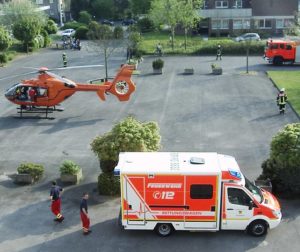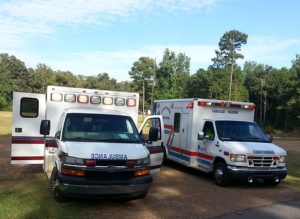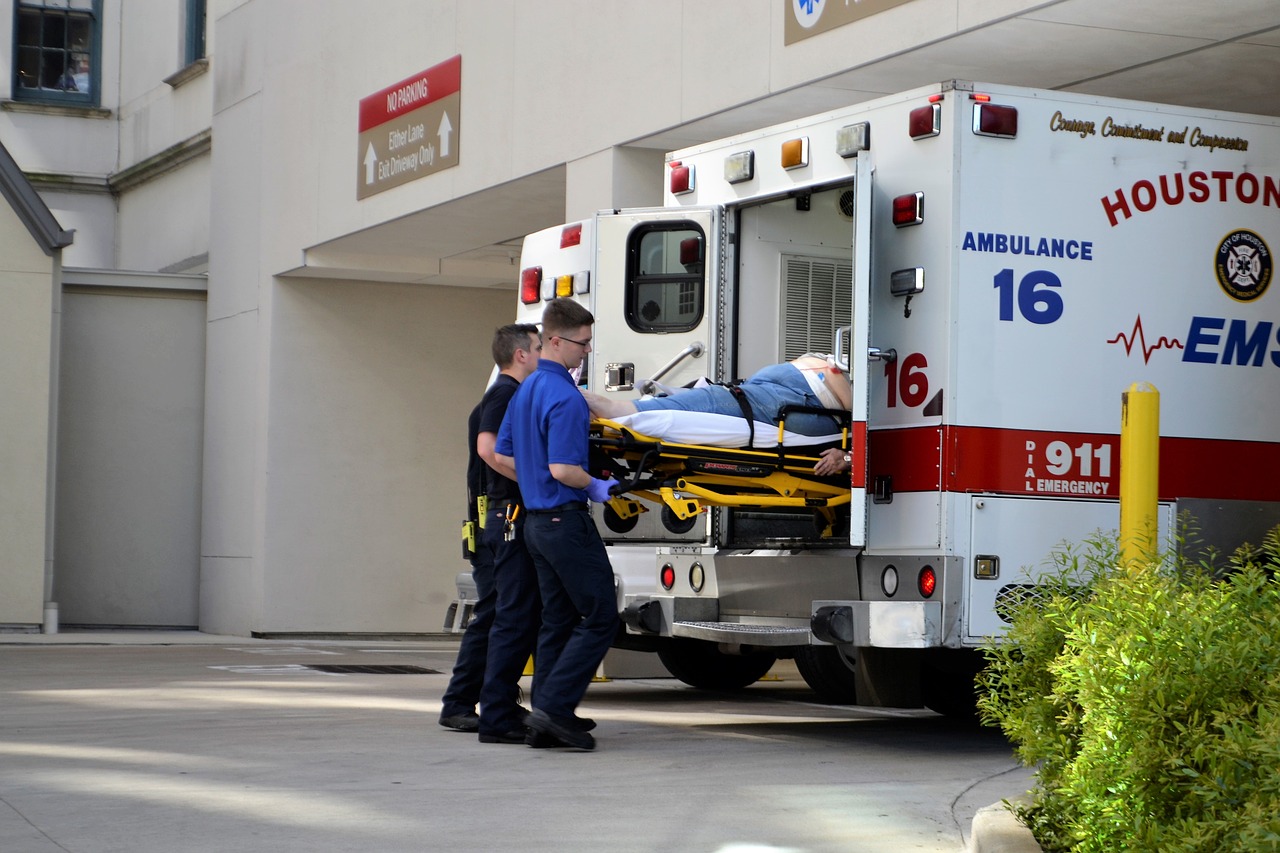Medical transport services are an integral and critically important part of any health care system. Medical transport services allow for emergency transport to and from different hospitals or healthcare centers, and also allow for patients to enter a hospital or healthcare center if they are otherwise unable to do so themselves.
Emergency medical transports are critically important because they allow for the distribution of healthcare services to those who would otherwise be unable to receive them. For a patient who is suffering a heart attack or stroke in a remote area, medical transports can be a literal difference between life and death. Medical transports are important also for people who simply are unable to enter a hospital on their own.
 If a bedridden patient is suffering complications in their home, medical transports can allow for their arrival at a hospital to receive further care. Finally, emergency medical transports can provide life-saving services for patients involved in accidents that disable them or render them in need of emergency services on the spot. Emergency medical transports, such as ambulatory services can provide basic and essential life-saving services on the spot, whether that be at a roadside accident or a rock-climbing incident in a national forest.
If a bedridden patient is suffering complications in their home, medical transports can allow for their arrival at a hospital to receive further care. Finally, emergency medical transports can provide life-saving services for patients involved in accidents that disable them or render them in need of emergency services on the spot. Emergency medical transports, such as ambulatory services can provide basic and essential life-saving services on the spot, whether that be at a roadside accident or a rock-climbing incident in a national forest.
Non-emergency medical transportation is also an essential element of the health care system. Nonemergency medical transports are needed for the transportation and distribution of services to patients who are unable to get themselves to health care centers for whatever reasons. If a patient relies on public transport for transportation, a disabling illness may prevent them from reaching a health care center. In this case, nonemergency medical transports can allow for that patient to see a healthcare practitioner and allow them access to the healthcare system.
 Non emergency medical transportation can also help patients who may need to travel between specialists at different hospitals. If a patient has a disabling medical condition that renders normal transportation difficult or impossible, non-emergency medical transports can allow for patients to travel between hospitals to receive the services that they need.
Non emergency medical transportation can also help patients who may need to travel between specialists at different hospitals. If a patient has a disabling medical condition that renders normal transportation difficult or impossible, non-emergency medical transports can allow for patients to travel between hospitals to receive the services that they need.
Non-emergency medical transport can also help patients who need long-distance medical transportation. Patients who need to travel long distances in a compromised physical state and use medical transportation to ensure their own physical safety while they seek greater medical care.
Medical transportation, both emergency and nonemergency, helps to facilitate the distribution of medical services and broadens the healthcare net over a larger share of the population. Consequently, both emergency and non-emergency medical transportation systems are an essential part of any healthcare system.
